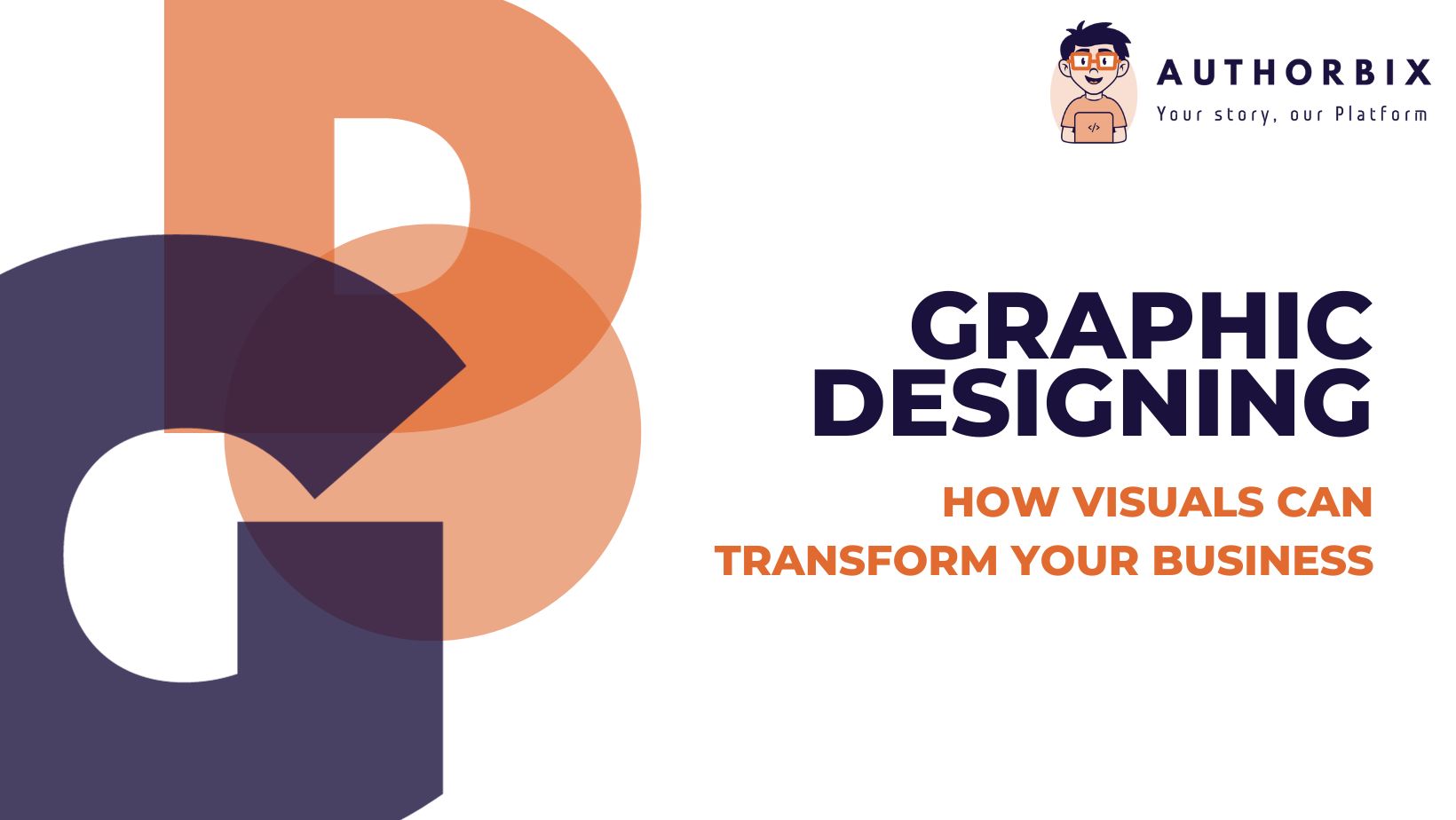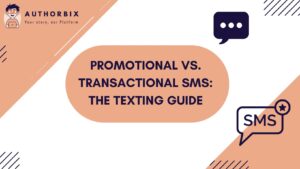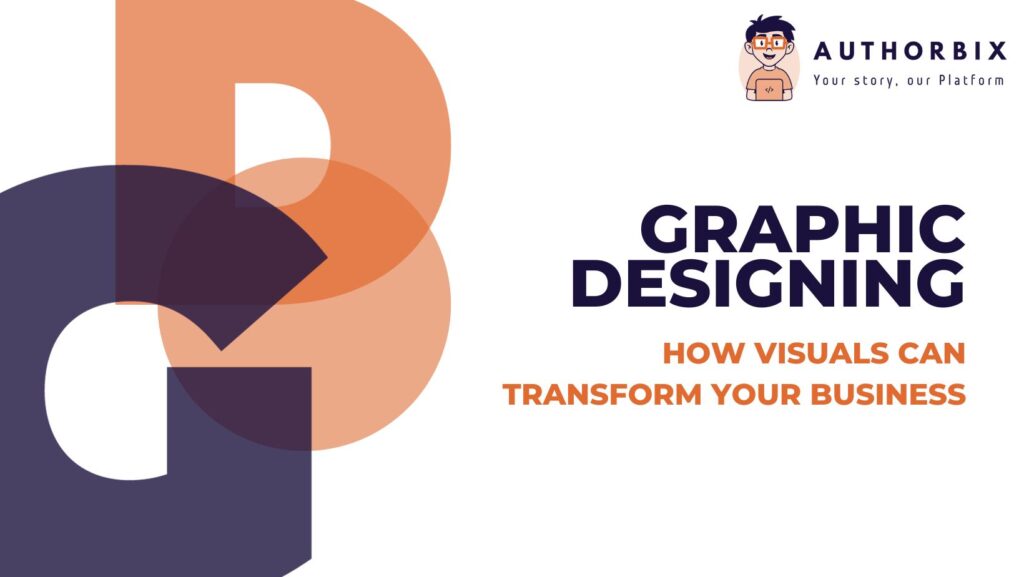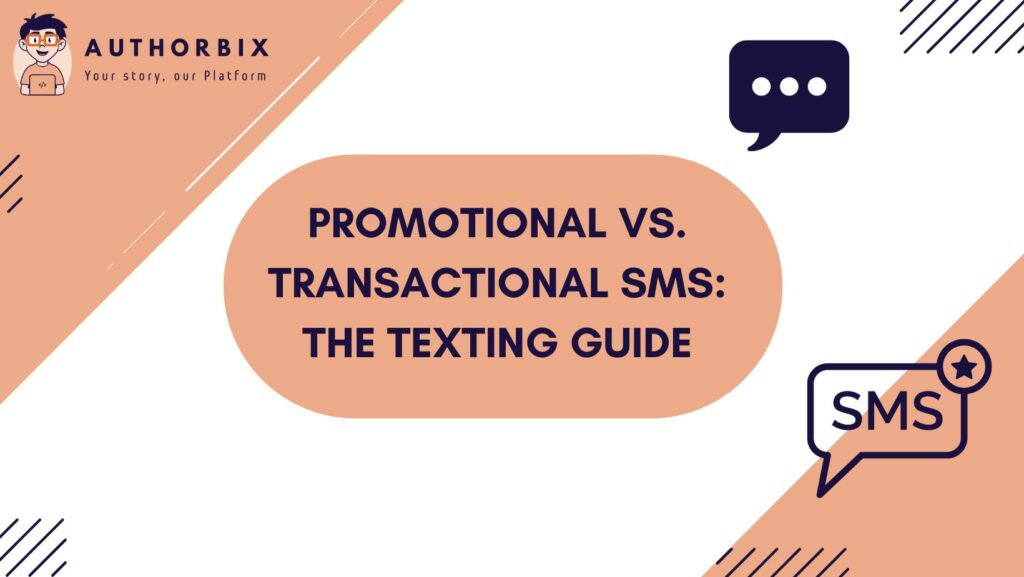Graphic Designing: How Visuals Can Transform Your Business

Graphic designing is the process of creating visual content using typography, images, illustrations, and other design elements to communicate a message or idea effectively. Graphic designers use their creativity and design skills to create visual elements that are appealing, engaging, and effective in communicating a message or idea.
Table of Contents
ToggleThe Graphic Designing Process Typically Involves the Following Steps:
- Brief: The designer meets with the client to discuss their requirements, objectives, and expectations for the project.
- Research: The designer researches the client’s industry, target audience, and competitors to gain a better understanding of the project’s context and audience.
- Concept Development: The designer generates multiple design concepts that align with the client’s brief and objectives.
- Design Execution: Once the client approves a design concept, the designer begins creating the visual content using a range of design tools and software.
- Feedback and Revisions: The client provides feedback on the design, and the designer makes revisions based on the feedback until the client is satisfied with the final design.
- Delivery: The designer delivers the final design files to the client in the required format.
Graphic designing plays a critical role in various industries, including advertising, marketing, publishing, and branding. It helps businesses communicate their brand message effectively and can help to create brand recognition and recall. A well-designed graphic can also help businesses stand out from the competition and attract new customers.
Graphic Designing Offers a Range of Benefits to Businesses and Individuals, Including:
- Improved communication: Graphics are an effective way to convey complex information or ideas in a simple, easy-to-understand format, making them an ideal tool for communication.
- Increased brand recognition: A well-designed logo, visual identity, or marketing material can help businesses stand out from the competition and create brand recognition.
- Enhanced marketing: Graphics are a vital part of marketing, from print ads and billboards to social media posts and website banners. A visually appealing graphic can attract and engage potential customers, leading to increased sales and revenue.
- Professionalism: A well-designed graphic can add a sense of professionalism and credibility to a business or individual, helping to establish trust and credibility with clients or customers.
- Cost-effective: Graphic designing can be a cost-effective way to create professional-quality marketing materials, reducing the need for expensive advertising or marketing campaigns.
- Versatility: Graphics can be used in a range of mediums, including print, digital, and social media, making them a versatile tool for communication and marketing.
- Creative expression: Graphic designing allows individuals to express their creativity and artistic abilities while also meeting the requirements of the project or client brief.
Overall, graphic designing can help businesses and individuals create effective communication and marketing materials, build brand recognition and trust, and express their creativity and artistic abilities.
The Key Elements of Graphic design include:
- Color: Color is one of the most important elements of graphic design. It can convey emotions, establish brand identity, and make designs more visually appealing.
- Typography: Typography refers to the style, size, and arrangement of text. It is a vital element of graphic design and can be used to emphasize key points, convey emotions, and improve readability.
- Layout: Layout refers to the arrangement of design elements on a page. It can affect the visual flow of the design and determine how the audience will interact with the content.
- Images and Illustrations: Images and illustrations can add visual interest and convey information in a more engaging way. They can be used to support the text and create a sense of visual hierarchy.
- Contrast: Contrast refers to the difference between two elements, such as light and dark or large and small. It can be used to create visual interest, emphasize important elements, and improve readability.
- Space: Space refers to the area around and between design elements. It can be used to create balance, establish visual hierarchy, and improve the readability of the design.
- Consistency: Consistency is essential in graphic design. It creates a sense of unity and helps to establish a strong brand identity.
- White Space: White space refers to the area of a design that is left blank. It can be used to create visual interest, establish balance, and improve readability.
By using these elements effectively, graphic designers can create visually appealing, engaging, and effective designs that communicate a message or idea effectively.

Promotional vs. Transactional SMS: The Texting Guide

5 Best Music Festivals In The World: Must-See Music festival

JEE Main & Advanced: Two Pillars of Engineering in 2024

Graphic Designing: How Visuals Can Transform Your Business

Promotional vs. Transactional SMS: The Texting Guide

5 Best Music Festivals In The World: Must-See Music festival

JEE Main & Advanced: Two Pillars of Engineering in 2024







